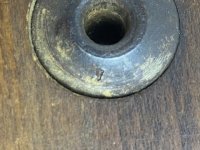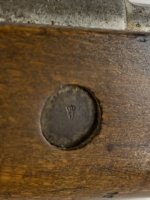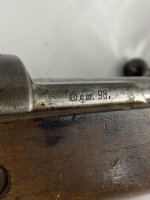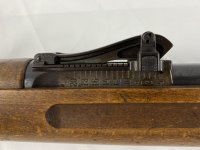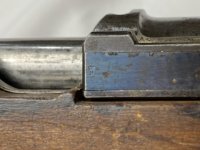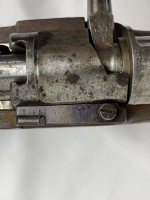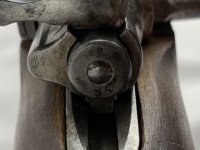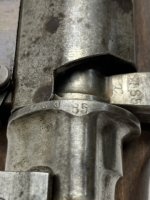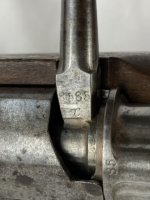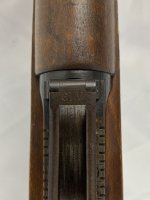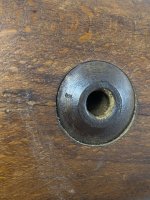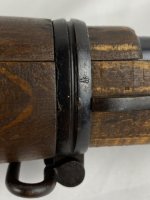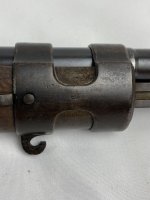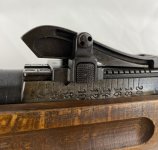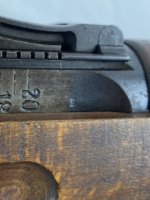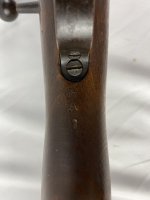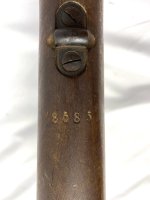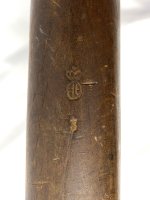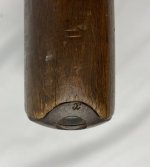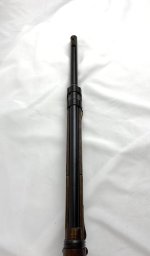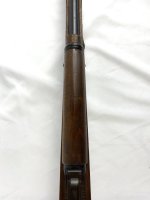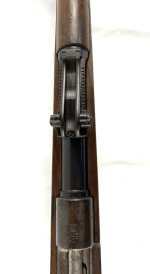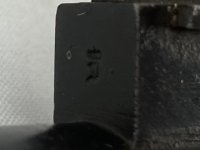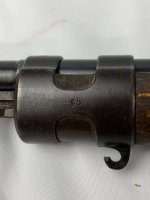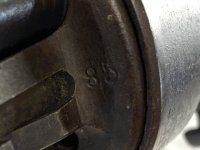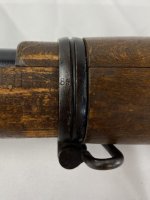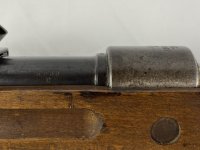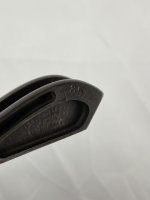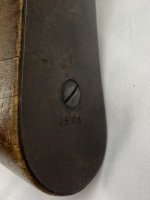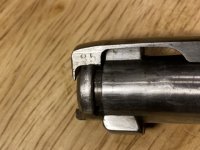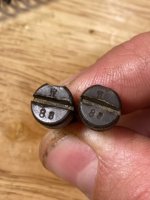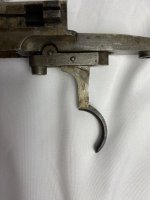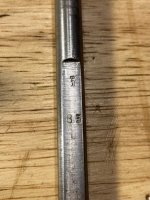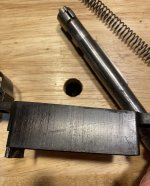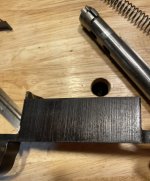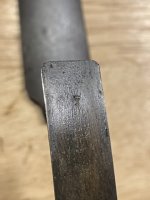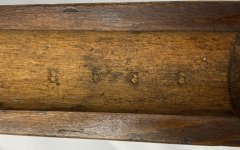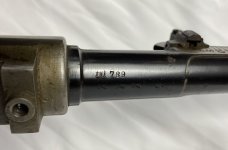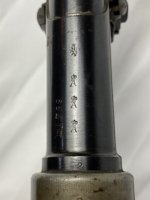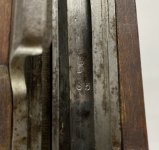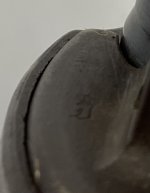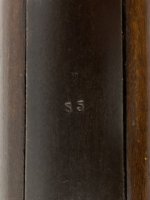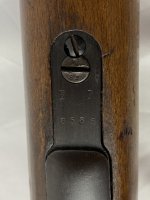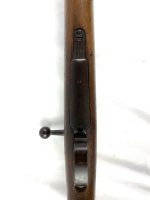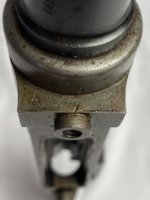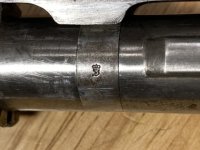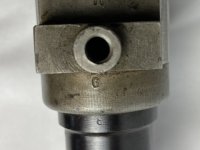mauser1908
Senior Member
Hi Everyone, this was a recent find, that Cyrus and Chris pushed me into. Late war is the area I most enjoy and I would consider it a focus of mine; this one fits the bill. This rifle falls at the tail end of Amberg's 1917 production. Amberg broke into the y block during that year, so this rifle was most likely made in December of 1917. Late Amberg's give a wonderful snapshot of the lag between component production and assembly. During 1916 Amberg adopted receiver and bolt codes that indicate when those components were produced. This receiver was manufactured in August of 1917. I'm pleased that this is a legitimate vet bring back, which is always a question on guns made in the last year of the war. This example really shows the precipitous decline in quality Amberg experienced in 1917. While I don't have a good photo, there's exposed solder under the rear sight in addition to the tool chatter on the magazine.
Receiver SN: 8585x
Barrel SN: 8585x BO 789
Rear sight SN: 85
Sight Slider SN: 85
Ejector box SN: 85
Trigger Sear SN: 85
Front barrel band SN: 85
Rear barrel band SN: 85
Trigger guard SN: 8585
Trigger guard screws SN: 85, 85
Floor Plate SN: 85
Follower SN: 85
Stock SN: 8585
Handguard SN: 8585
Buttplate SN: 8585x
Bayonet lug SN: 85
Bolt SN: 8585x
Extractor SN: 85
Firing Pin SN: 85
Bolt Sleeve SN: 85
Saftey SN: 80
Cocking Peice SN: 85
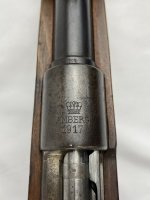

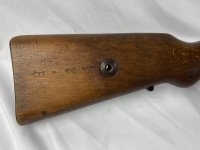
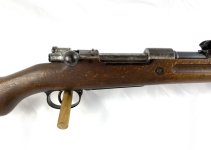
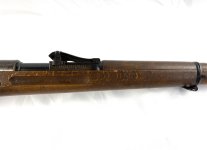
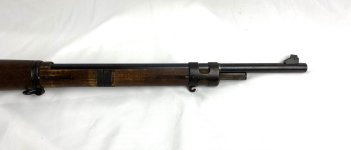
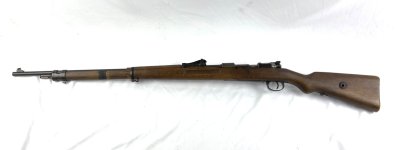
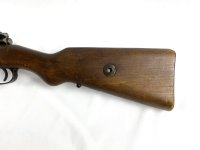
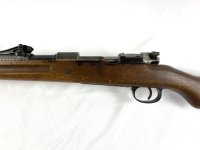
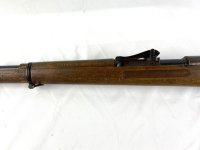
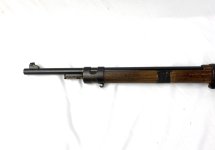
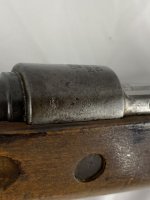
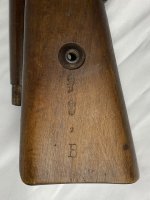
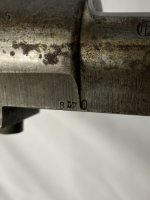
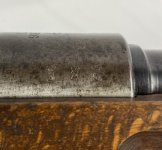
Receiver SN: 8585x
Barrel SN: 8585x BO 789
Rear sight SN: 85
Sight Slider SN: 85
Ejector box SN: 85
Trigger Sear SN: 85
Front barrel band SN: 85
Rear barrel band SN: 85
Trigger guard SN: 8585
Trigger guard screws SN: 85, 85
Floor Plate SN: 85
Follower SN: 85
Stock SN: 8585
Handguard SN: 8585
Buttplate SN: 8585x
Bayonet lug SN: 85
Bolt SN: 8585x
Extractor SN: 85
Firing Pin SN: 85
Bolt Sleeve SN: 85
Saftey SN: 80
Cocking Peice SN: 85















Last edited:

